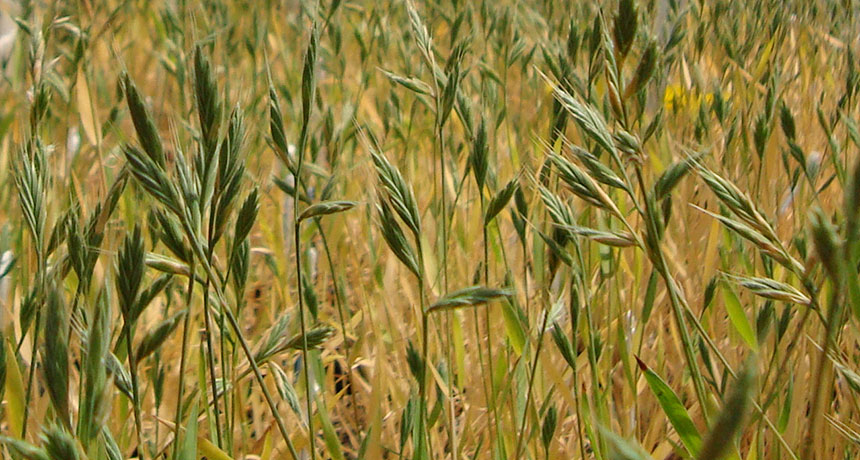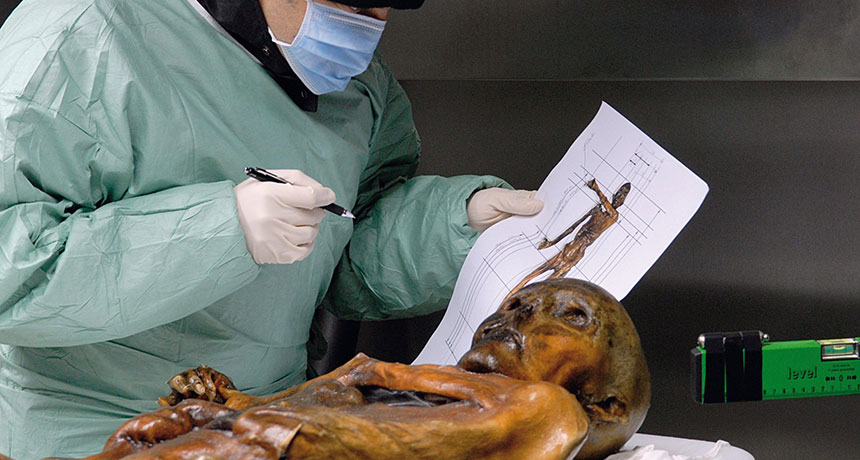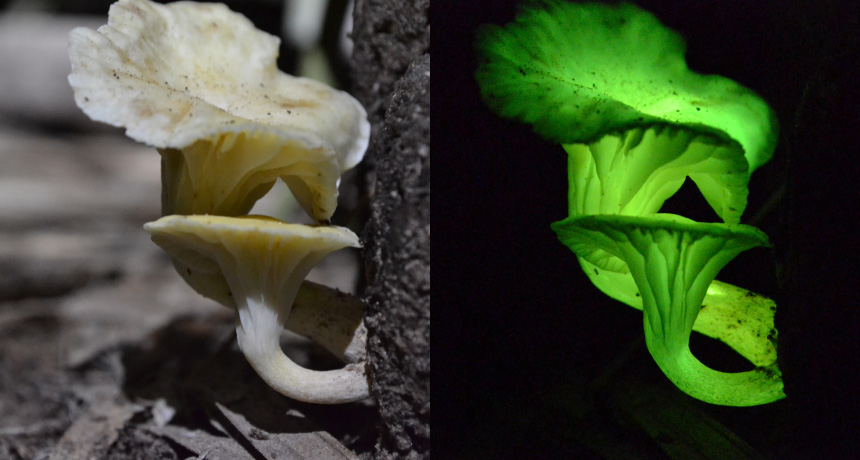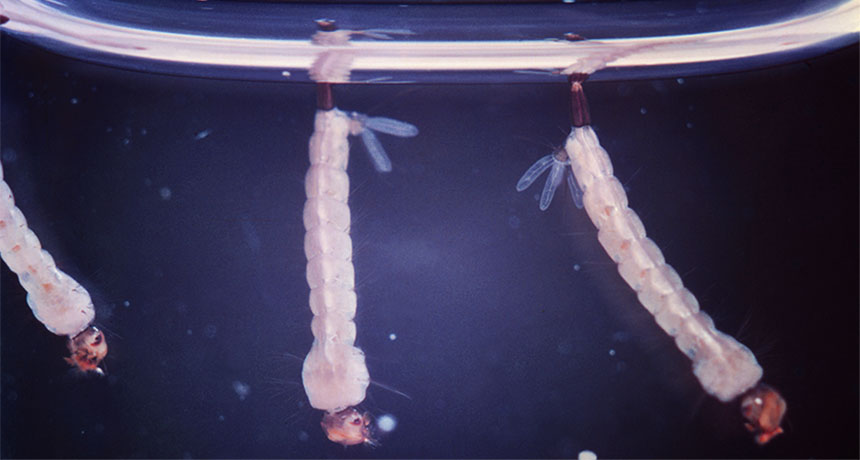Warming soils may belch much more carbon
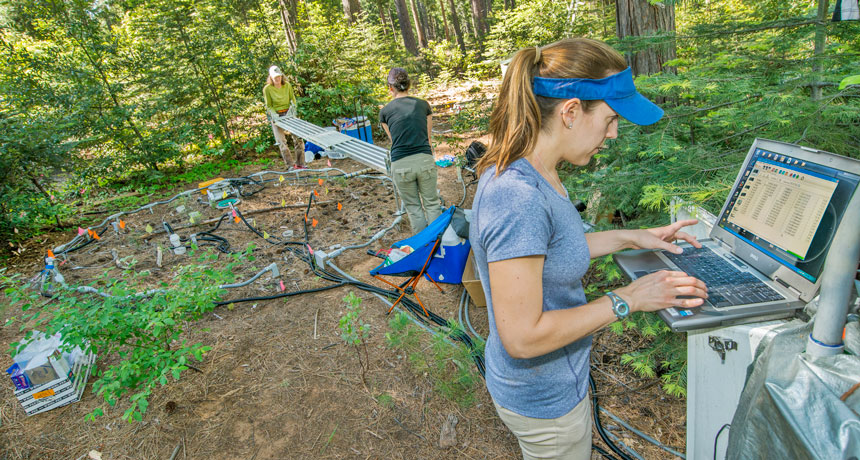
As the planet warms, carbon stashed in Earth’s soils could escape into the atmosphere far faster than previously thought. In the worst-case scenario for climate change, carbon dioxide emissions from soil-dwelling microbes could increase by 34 to 37 percent by 2100, researchers report online March 9 in Science. Previous studies predicted a more modest 9 to 12 percent rise if no efforts are taken to curb climate change. Those extra emissions could further intensify global warming.
Much of that extra CO2 will originate from soils at depths overlooked by previous measurements, says study coauthor Margaret Torn, a biogeochemist at Lawrence Berkeley National Laboratory in California. “We ignore the deep at our peril,” she says.
Soils cover about two-thirds of Earth’s ice-free land area and store nearly 3 trillion metric tons of organic carbon — more than three times the amount of carbon in the atmosphere. Dead organisms such as plants contribute to this carbon stockpile, and carbon-munching microbes belch some of that carbon into the atmosphere as CO2. Rising temperatures will spur the microbes to speed up their plant consumption, scientists warn, releasing more CO2 into the air. And the data back up that fear.
Scientists have mimicked future warming by heating the top 5 to 20 centimeters of experimental soil plots and measuring the resulting CO2 emissions. Those studies missed deeper soils, though, known to contain more than half of all soil carbon. Warming such deep soils is technically challenging and scientists had generally assumed that any emission increases from so far down were insignificant, says study coauthor Caitlin Hicks Pries, an ecosystem ecologist at Lawrence Berkeley.
Using heating coils and rods embedded in the soil, Hicks Pries, Torn and colleagues warmed a plot of soil for over two years in the forested foothills of California’s Sierra Nevada. The warmth extended to a meter below ground, the full depth of the soil in the area. That heating replicated the roughly 4 degrees Celsius of warming expected by the end of the century in a worst-case scenario. Annual carbon emissions from the soil jumped from 1,100 grams per square meter to 1,450 grams per square meter. Around 40 percent of this emissions increase originated below a depth of 15 centimeters, with 10 percent originating below 30 centimeters.
Assuming other soils behave similarly, by 2100, the increase in the CO2 emission rate from just the soils deeper than 30 centimeters could equal modern-day CO2 emission rates from oil burning, the researchers estimate.
While only 13.5 percent of Earth’s soils resemble the woodland soils examined in the study, Torn says that the experiment shows that scientists need to consider deep soils when calculating future climate change. Studies already in the works will test if the results hold true for other soil types.
The new experiment is exciting and well executed, says Katherine Todd-Brown, a biogeochemist at the Pacific Northwest National Laboratory in Richland, Wash. The net impact soils will have on future climate change, however, remains unclear, she says. The amount of carbon from the atmosphere entering soils could also increase as higher CO2 concentrations and warmer environments promote plant growth. That increased carbon drawdown could offset the climate impacts of the increased emissions, though the magnitude of that effect is still debated (SN Online: 9/22/16). “You really have to take both the inputs and outputs into account,” Todd-Brown says.
